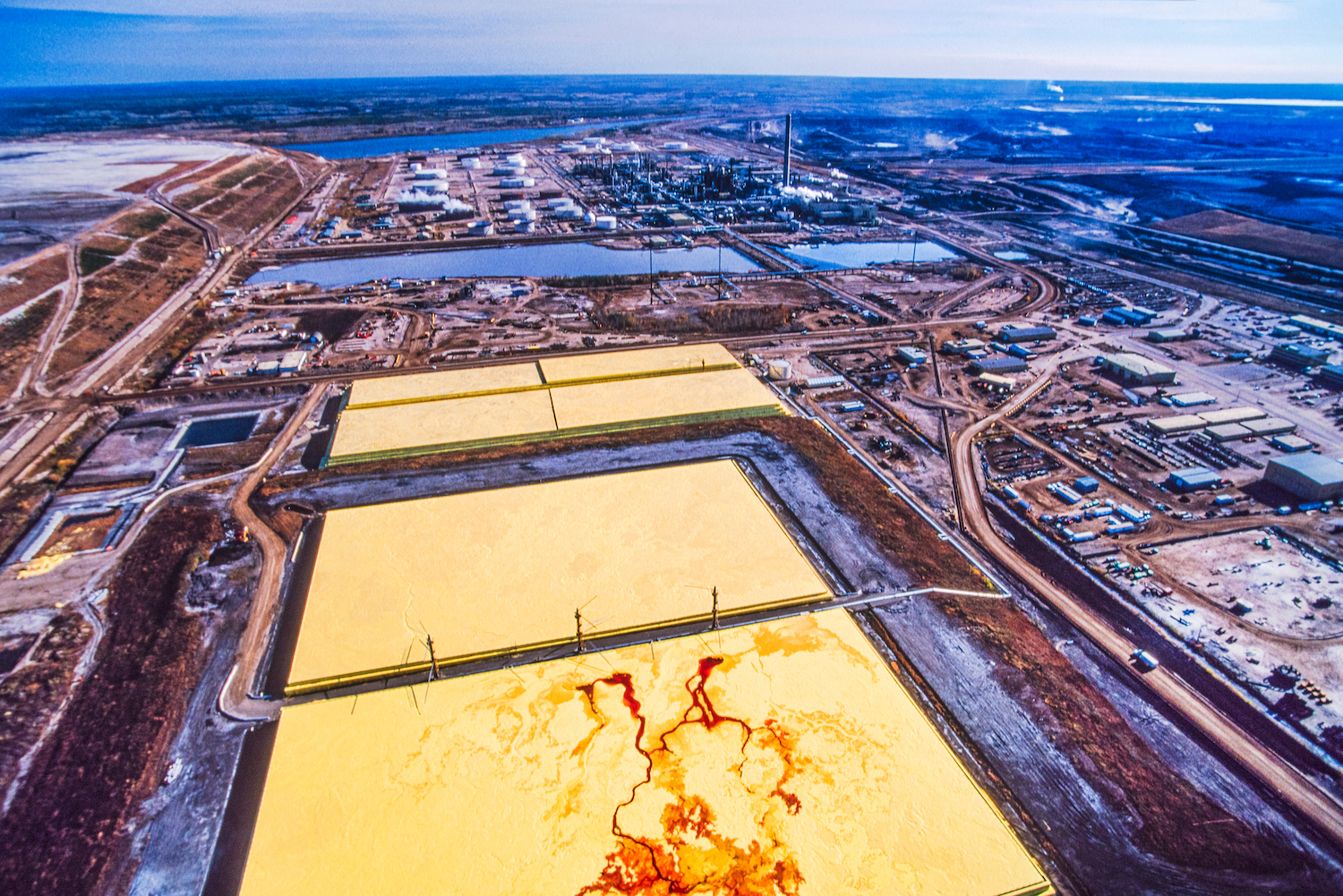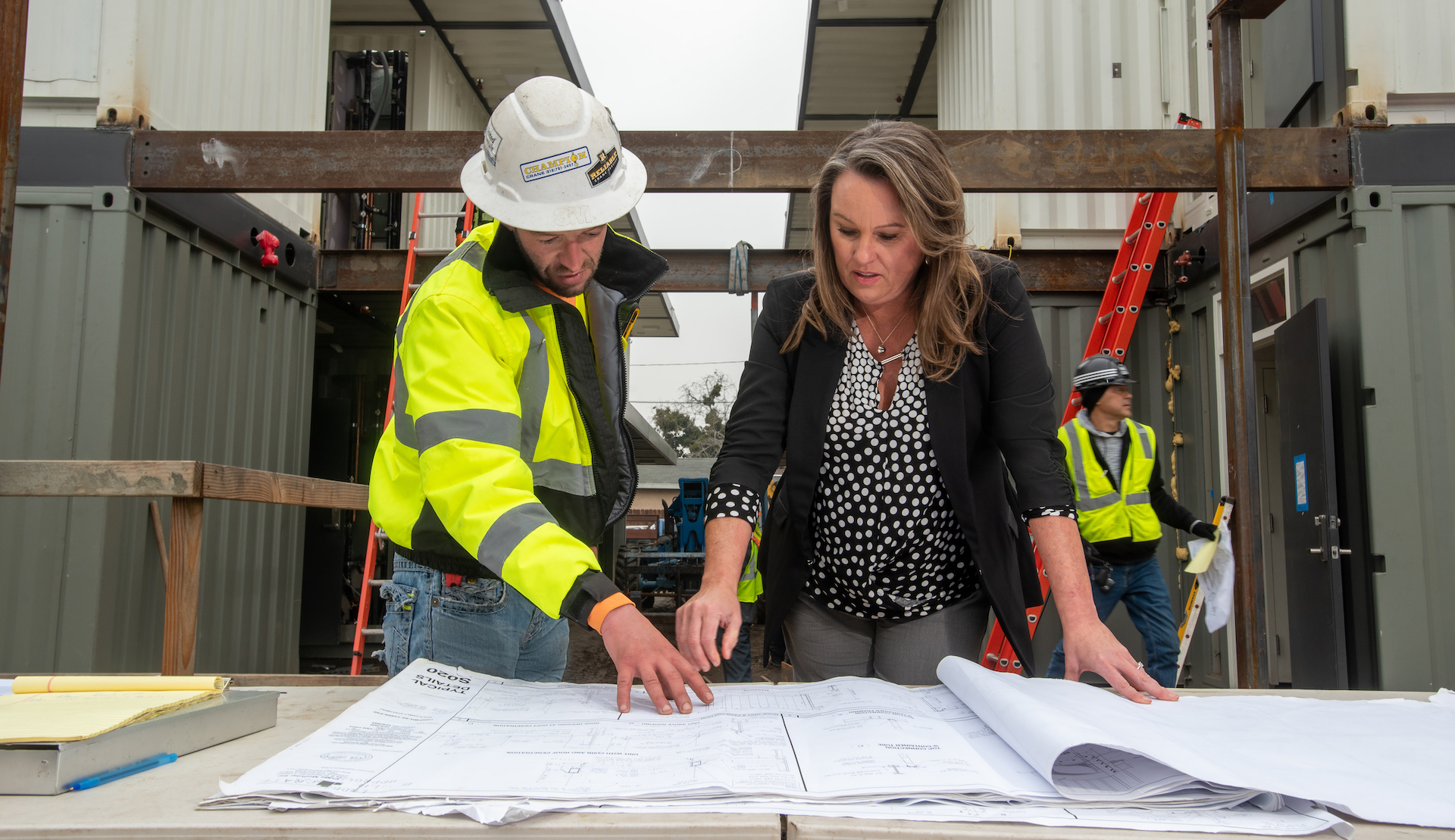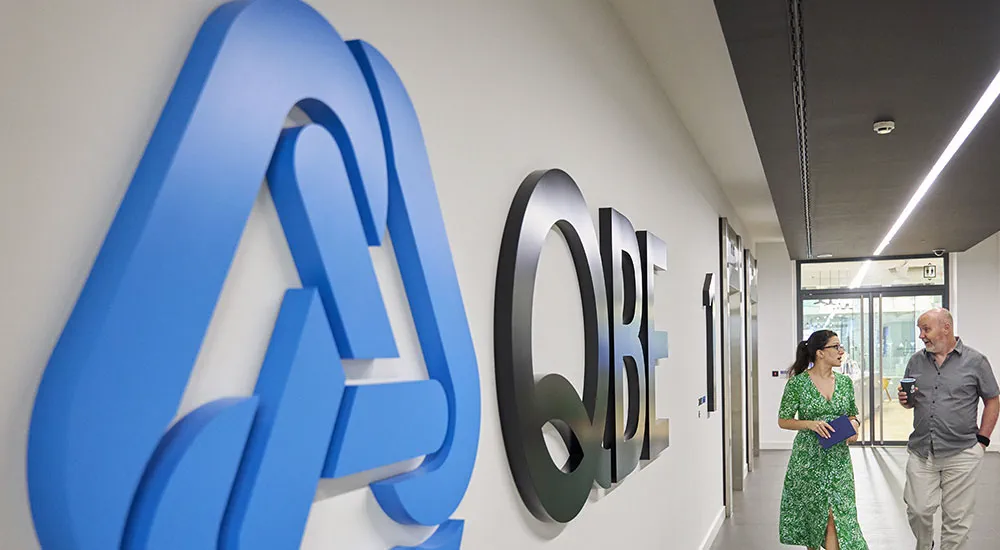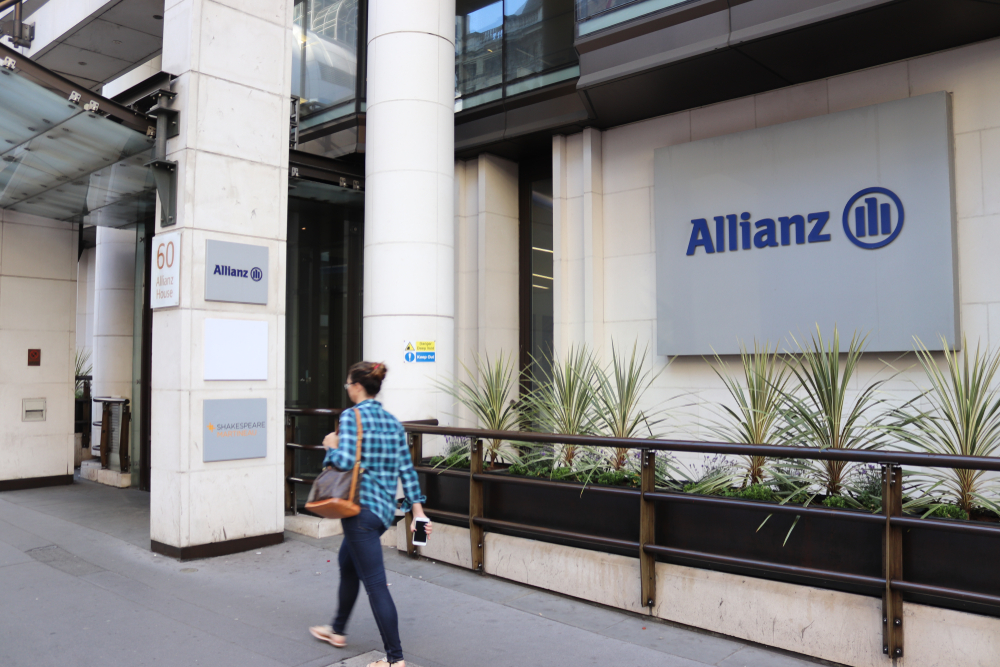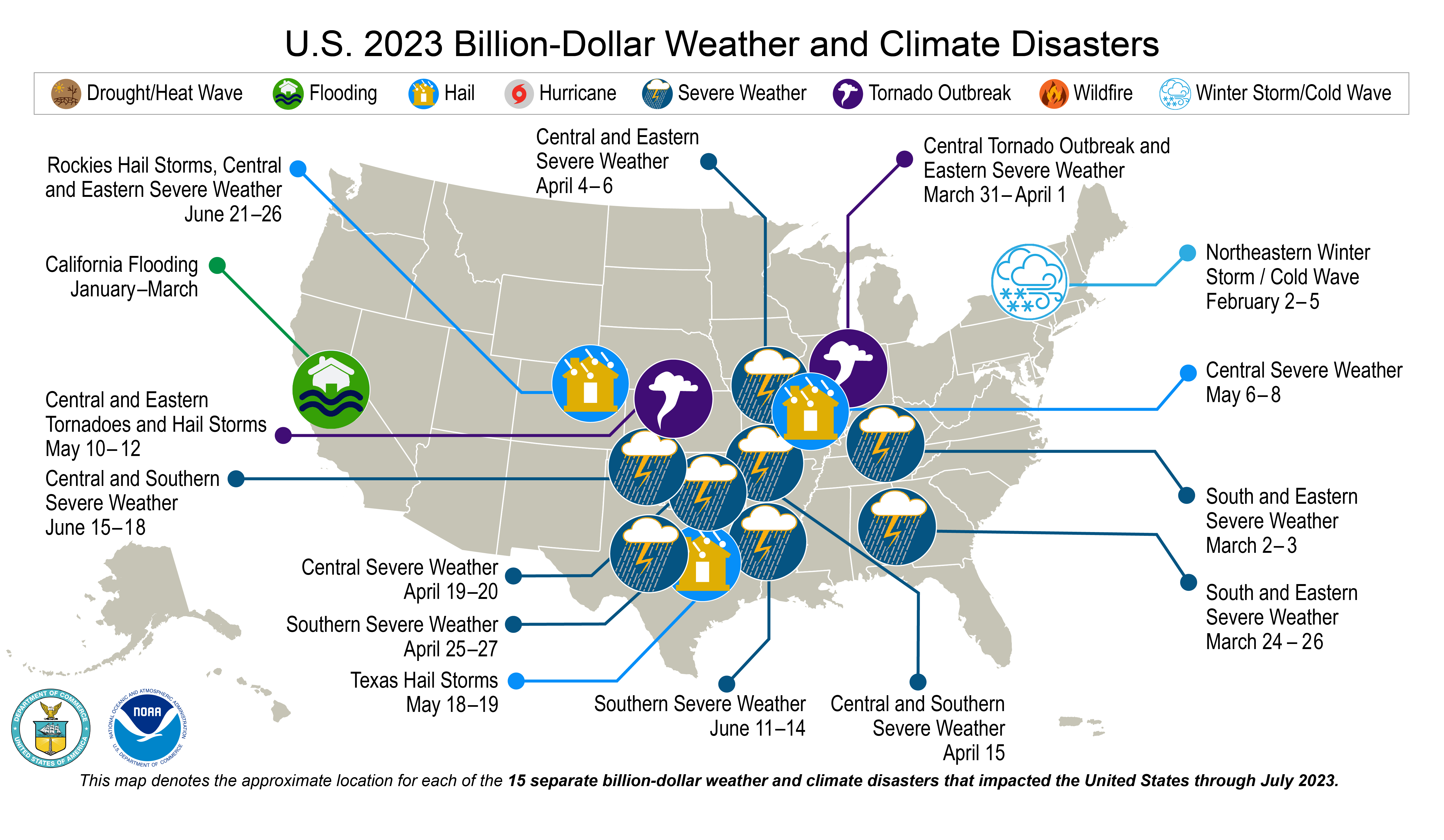When in doubt, publish a list. It’s a media truism.
The trick works for not-for-profits too. New America, a Washington D.C. think tank, put itself on the ESG map with a biennial list of the world’s most “responsible” global institutional asset owners, the behemoth pension, insurance and sovereign wealth funds that own the global economy. The most recent Responsible Asset Allocators Index, or RAAI, came out in November.
The index suggests progress on responsibility, albeit plodding, among global asset owners, with the average score reaching 52% in 2021, up from 48% in 2019 and 44% in 2017.
But let’s be blunt: the list is stupid.
I should be more kind – new year, new me and all that. And I’ve overseen plenty of dumb lists in my time (RIP Trader Monthly).
But it’s a disservice to the cause to rank Alberta Investment Management Corp., or AIMCo., in the world’s top dozen allocators for responsibility. Or to rank Saudi Arabia’s Public Investment Fund higher than, say, the Illinois University Retirement System.
Such rankings reflect the broader failures of ESG and sustainability disclosure by institutional allocators. They are keen, and encouraged, to tell the world all the good ESG investments they are making. They offer far less transparency around their negative impacts.
The Responsible Asset Allocators Index, and others like it, don’t take a 360-degree view of the more than 250 sovereign wealth and government pension plans in its orbit. The rankings rely on what the world’s largest allocators say they do, rather than what they actually do. The analysis falls short when it comes to the real-world impact of the plans’ entire investment portfolios.
Step forward, AIMCo. Founded in Edmonton in 2008, Alberta Investment Management manages $95 billion in assets. AIMCo ranks among the top dozen industry leaders on New America’s responsible allocators list, with a score of 100.
Canadian pension plans have long been held up as a model for other institutions, particularly those in the U.S. But the rating for Alberta’s largest financial institution came as a surprise to me.
If you know anything about Alberta, besides that it is cold and dark in winter, it is that it is one of the world’s major producers of tar sands oil and gas. The Athabasca oil fields are the fourth-largest oil reserves in the world – and among the dirtiest. Historically AIMCO’s portfolio has been overweight to oil and gas, particularly in Alberta. This fossil fuel conundrum is, of course, an issue more generally for Canada, which wishes to be a global leader on climate change but also to tap its sweet sweet oil and tar sands.
“Let’s face it, for many, many years Alberta was Canada’s leading engine of growth,” AIMCo’s Dale Macmaster told the Canadian press in July. MacMaster said the fund is reducing its energy exposure and increasing its investments in renewables.
But AIMCo’s continued commitment to building Canada’s oil shale industry is not mitigated by these green commitments. Indeed, they are undermining the global effort to transition to a clean energy future.
Oil patch
I do not question the dedicated work that goes into the responsible allocators index by Scott Kalb, ex- of the Korea Investment Corp., and his team of researchers from the Fletcher School at Tufts University. The rankings use 30 variables in their analysis, but the gaps allow funds to rank highly on the RAAI, even if they are funding activities hated by environmentalists and many ESG and impact investors, like shale oil pipelines.
In AIMCo’s case, this includes a partnership with TC Energy, formerly known as TransCanada Corp. builders of the Keystone XL Pipeline, one of the most controversial shale oil infrastructure projects in North America. In 2019 AIMCo, a TC Energy shareholder, agreed to acquire 85% of the Northern Courier Pipeline, an inter-Alberta shale pipeline.
The Wall Street Journal, recently published an excellent article by Vipal Monga on the money flowing into Alberta’s oil fields, headlined, “One of the World’s Dirtiest Oil Patches Is Pumping More Than Ever.”
Tar sands oil production is expected to continue for two decades or more, Monga writes even though “Major oil companies, under pressure from investors and environmentalists, are fleeing Canada’s oil sands. Investment in existing projects has stalled, and banks are refusing to fund new ones.”
Instead, “Local companies have stepped in to keep working the existing mines and wells,” Monga writes. “Last year, the oil sands were on track to deliver more oil than ever.”
The Biden administration has put something of a wrench in Keystone XL, but it hasn’t diminished TC Energy’s hunger to tap Alberta’s oil patch.
Canadian Prime Minister Justin Trudeau, beloved during the Trump era for his boyish charm and seeming normalcy, recently committed more than $3.4 billion to acquire the part of the Keystone XL pipeline system that taps the Alberta oil patch from TC Energy. The government says it does not want to be a long time owner; Canadian pension funds and other investors have expressed interest in the asset. AIMCo has a controversial 2015 mandate from the Alberta government to invest in local economic growth. The Alberta government stepped in to backstop some of the firm’s Keystone XL debt.
AIMCo is no stranger to the oil patch in its backyard. My former boss, Jagdeep Bachher, joined the University California Regents in 2015 from AIMCo., where he had been a deputy CIO. At the time, the university’s Regents were debating divestment from fossil fuels, a decision it ultimately took. Bachher likes to joke that at AIMCo, he thought investing in oil and gas was a good thing.
AIMCo’s 2021 responsible investment report says the fund has $3.2 billion of assets in low or no-carbon and renewable infrastructure investments. But in AIMCo’s nearly $10 billion infrastructure portfolio, more than one-quarter of the holdings are in pipelines and midstream companies, and another quarter are in integrated utilities. Its major investments include Pungent Energy, a Washington state utility company that provides natural gas services (yes, blah blah blah, natural gas is a transition fuel) and Howard Midstream Energy, a Texas based midstream energy business. AIMCo backed Howard, which owns and operates natural gas and crude oil pipelines and natural gas processing plants, refined product storage terminals, to build a major renewable diesel facility in Port Arthur, Texas.
Working with oil and gas suppliers is what AIMCo does. The Northern Courier Pipeline purchase helped TC Energy release $1.5 billion in funding. TC Energy’s Russ Girling explained that the capital would help the energy company fund its $30 billion capital program. “We look forward to working with AIMCo as we realize the benefits of this partnership and financing opportunity,” Girling said.
And when Razor Energy Corp., a Calgary-based junior oil and gas development company, announced it was deferring an interest payment on its $50 million credit facility with AIMCo, it said it “is grateful to be partners with AIMCo and the continued support as both a major shareholder and senior lender.”
To its credit, and one of the reasons for its high RAAI score, AIMCo does account for its climate impacts under the recommendations of the Task Force on Climate-related Financial Disclosures, or TCFD. But even the TCFD has gaps, especially when it comes to Scope 3 greenhouse gas emissions that include the actual use of the fossil fuel pumped and piped by AIMCo’s portfolio companies (see, “Investors press oil majors to address emissions from products”).
“We do not take into account emissions that emanate from the use of companies’ products, also known as Scope 3 emissions,” AIMCo says, “as data is limited, and invites double counting.”
AIMCo has seen an outflow of talent amid criticism and upheaval. In November 2020 the fund’s then-CIO announced plans to step down after an investigation into losses earlier that year, as COVID shutdowns tanked oil prices, found “unsatisfactory” risk controls and called for a culture change.
There was a ruckus when the Conservative Alberta government voted to have AIMCo take over day-to-day administration of the province’s teacher pension assets. A November 2021 report from the Canadian policy research network Parkland Institute called for a complete governance overhaul of the Alberta sovereign wealth fund.
ESG doubletalk
I am no purist. I know that the path to the clean-energy transition goes through, and includes, the fossil fuel industry. I think that issues such as job creation and supporting energy sector workers and their communities are vital both to sustainable investing and the success of the clean energy transition. There is a case for AIMCo’s continued investment in the fossil fuel sector,in the context of a broader transition away from carbon toward renewables. And with an understanding of what that means.
That is not the case AIMCo is publicly making.
Rather, AIMCo, and other institutional investors, use their Responsible Investment report to highlight their ESG bona fides, and their annual financial report to provide a snapshot of their investment portfolios. Neither report gives a true account of the impact a pension plan or sovereign wealth fund investments is actually having on the, you know, real world.
I’m not accusing AIMCo of falsifying or misstating anything. But the incompleteness of AIMCo’s Responsible Investment reports and related disclosures may have been what tripped up New America (RAAI says it constantly updates and refines their methodology)
The cognitive dissonance this reporting doublethink can cause is evident in AIMCo’s performance report published last November, The fund highlights the Global Sovereign Wealth Fund center, which ranked AIMCo third on its ESG scorecard. And AIMCo was a finalist for the International Corporate Governance Network Global Stewardship Award. It’s not only RAAI that thinks AIMCo is just dandy.
Yet, on the very same page under “investments” the fund also announced that it had added a new partner to its investment in the Northern Courier Pipeline, which consists of two 90 km pipelines for transferring bitumen and its diluted products from Fort Hills to Fort McMurray, Alberta. The project complements Keystone XL, which was intended to transport Canada’s shale oil into the U.S. (The partnership includes economic participation by Indigenous communities, a huge tick for ESG investing.)
“Alberta has an enormous amount of carbon beneath its soil. If it gets dug up and burned, then it will be calculably harder to limit the damage from climate change,” climate activist Bill McKibben wrote in “We Love You, Alberta—Just Not Your Tar Sands,” in The New Yorker in July.
Burning the estimated 173 billion barrels of oil in Alberta, by one calculation, would produce about 112 billion tons of carbon dioxide, McKibben reported, or 28% of the world’s total remaining carbon budget. “There’s no way that a country with less than one per cent of the world’s population can lay claim to more than a quarter of the atmosphere,” McKibben wrote.
McKibben added that he and other climate activists are subjects of an “anti-Alberta energy inquiry” by a government commission.
G is for governance
I love you too, Alberta. I once spent a lovely summer cleaning hotel rooms in Banff. The cleaning part was awful, and I was terrible at it, but Banff was lovely, as was Lake Louise. I learned about country music, got picked up by a drunk driver hitchhiking, and was chased by an elk. You have cowboys.
AIMCo is not the only pension plan or sovereign wealth fund to have such limited ESG accounting and reporting, especially in large infrastructure investments. See here for how an agriculture investment in Maui by the Canadian government pension plan PSP might not be as ESG, and community, friendly as PSP’s Responsible Investment reports suggest.
In 2021, PSP entered into a joint venture with Pretium, a New York-based alternative investment firm, to invest $700 million into single-family residential housing. U.S. Sen Elizabeth Warren has been raising awareness around the impact on affordability of private-equity capital moving into residential housing. Warren called out Progress Residential LLC, a property company backed by Pretium.
PSP ranks as a “finalist” on the RAAI, and is generally considered to be a pretty good ESG investor.
Or take British Columbia Investment Management Corp., which scores as highly as AIMCo on the RAAI. Like AIMCo. BCI invests in Canadian oil sand companies. Last May, Reuters reported that cumulative investment by the country’s top five pension funds, including BCI, in Canada’s top four oil sands producers had jumped to $2.4 billion, up 147% from a year earlier. Reuters suggests the pension funds fancy themselves helping these businesses transition to a clean energy economy.
“We have a big problem with pension funds saying we believe in engagement, not divestment, but there’s no sign of this engagement,” says Adam Scott, director of the Toronto-based pension activist group Shift. “The very act of owning them (oil sands companies) implies the funds do not support transition.”
ESG rankings generally look at reporting, not governance. That let’s investors like the California Public Employee Retirement Fund, or CalPERS, avoid demerits for governance issues. And the New York Common Retirement Fund, among the most progressive U.S. institutional investors when it comes to ESG, does not get criticized by ESG commentators for having a sole fiduciary, even though such a structure has been seen as a contributor to corruption.
But this failure to focus on governance presumably goes some way to explain how the RAAI rates Saudi Arabia’s Public Investment Fund higher than the Illinois University Retirement System. The state of Illinois has passed legislation mandating that all public plans in the state take ESG factors into consideration when making investment decisions. Saudi Arabia is, well, Saudi Arabia.
Efforts like the Responsible Asset Allocators Index have encouraged more transparency around ESG investing. The average RAAI score for ESG integration has risen to 46%, from 32% in 2017. So progress is being made.
The danger is that these largest and most influential of funds will spend their time and energy raising their ESG rankings, rather than actually changing what they do. And that, unfortunately, is where we still are.

